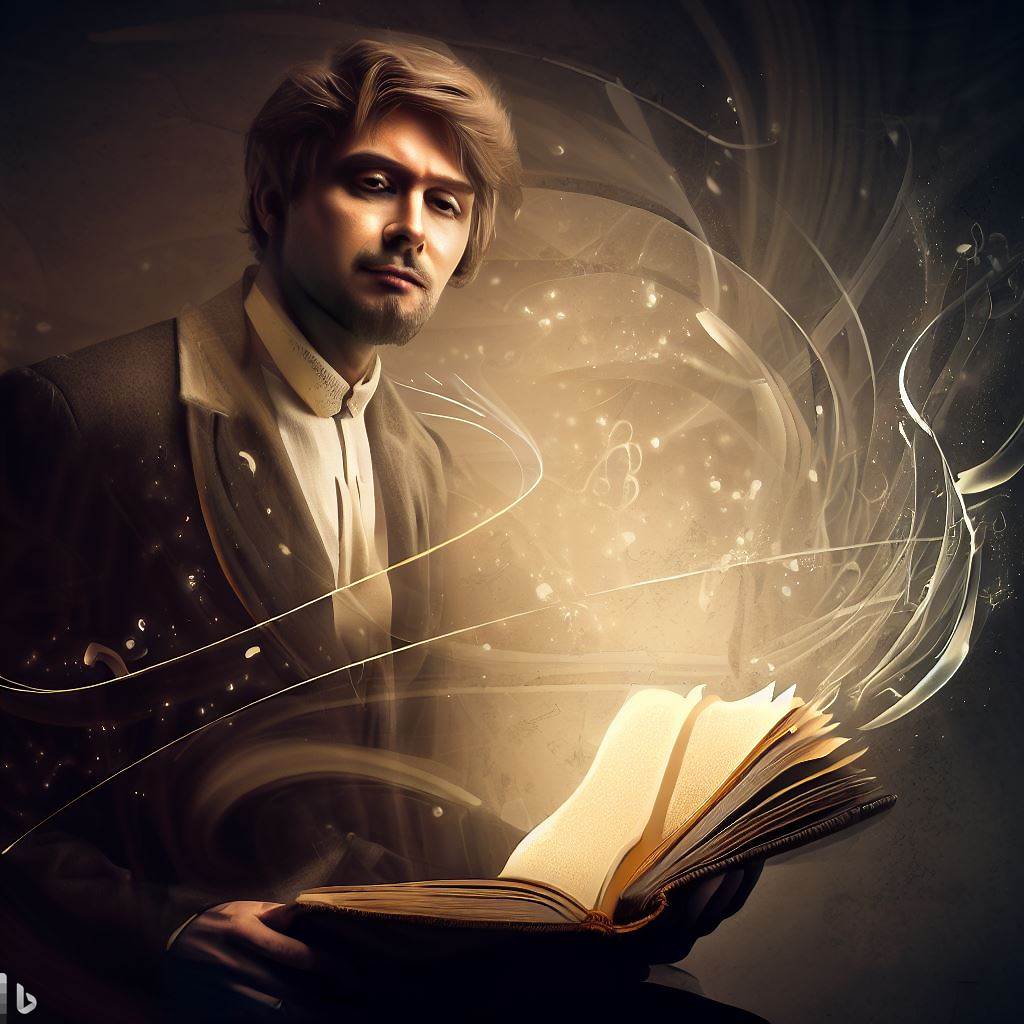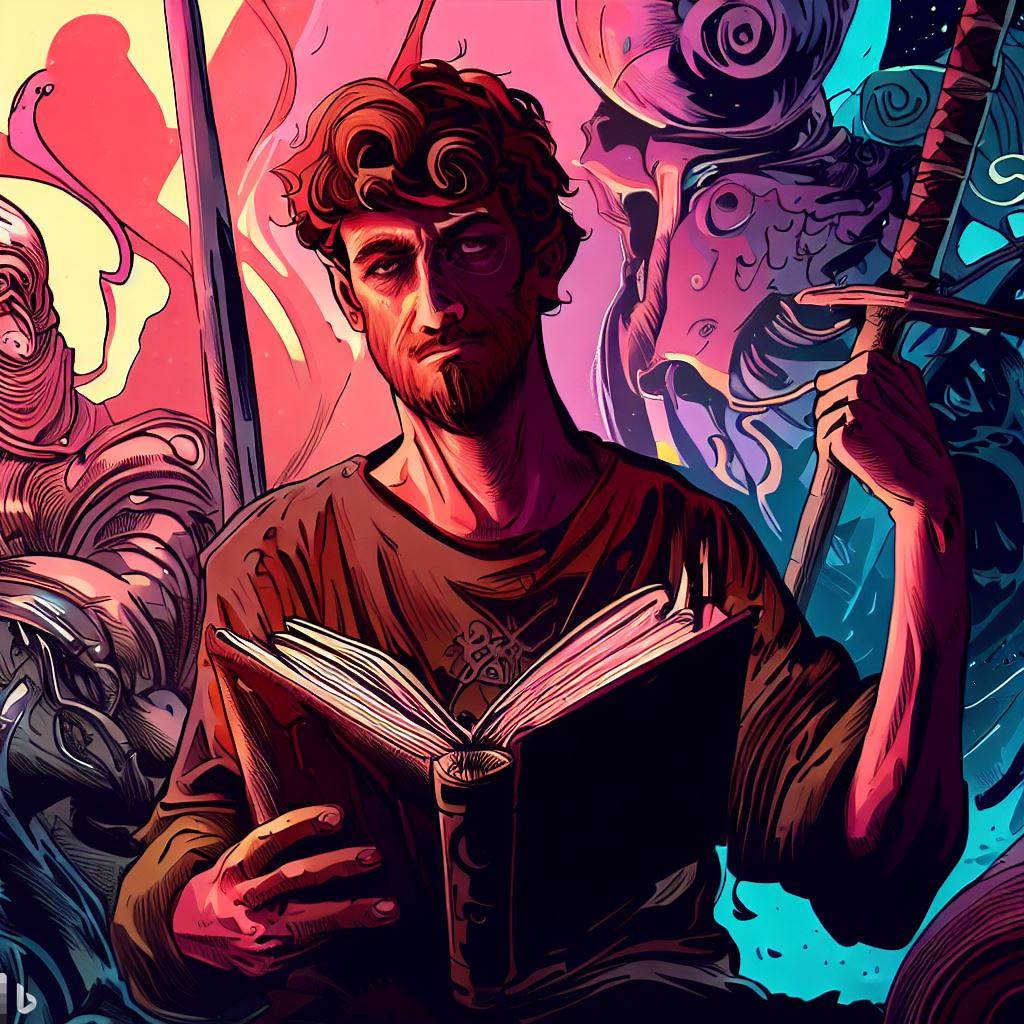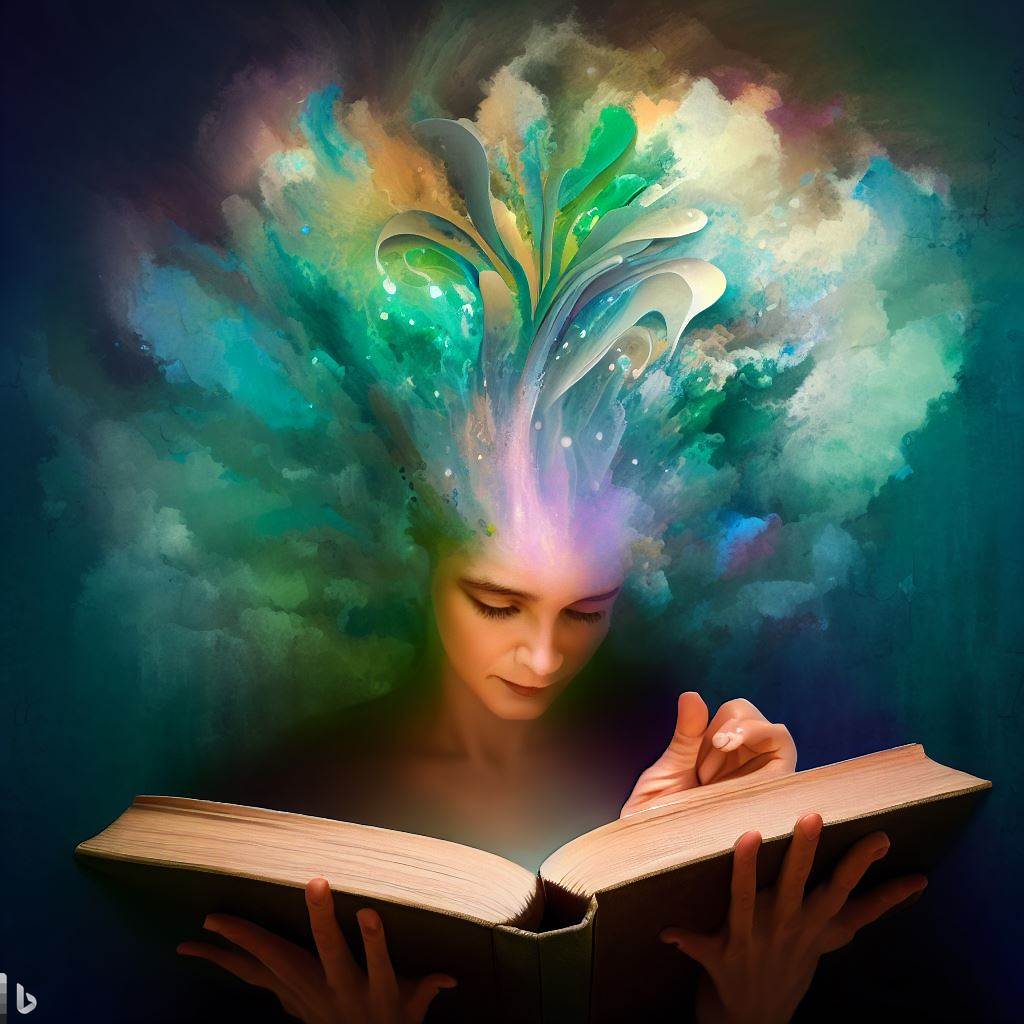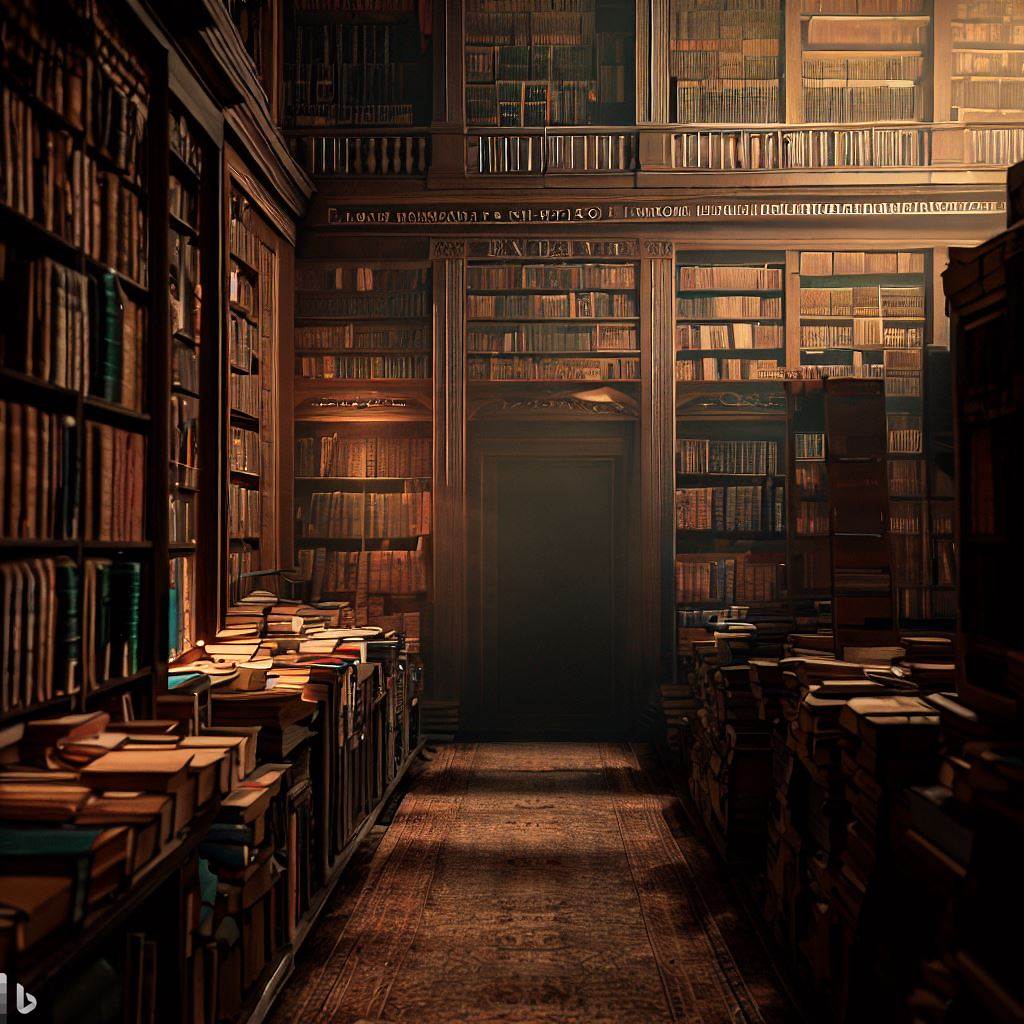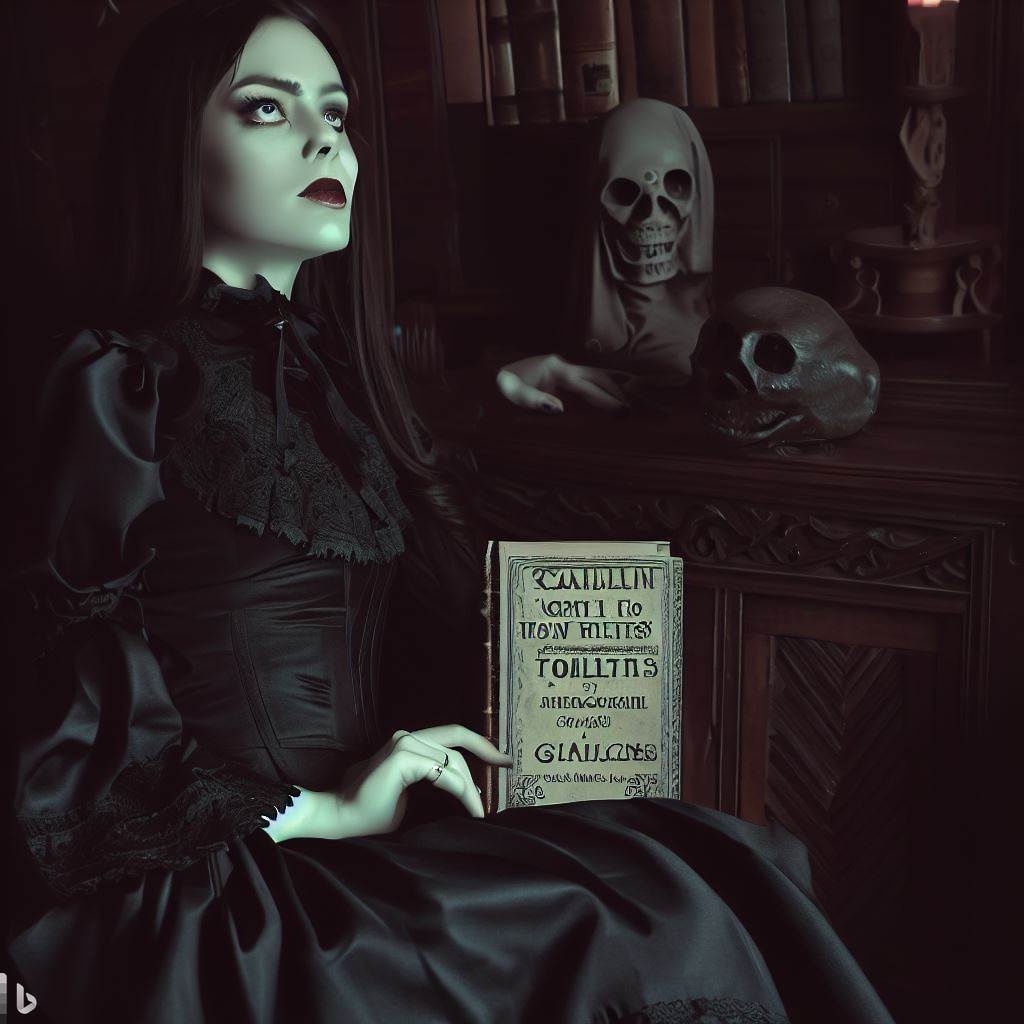World-building in literature is far more than just a scenic backdrop against which narratives unfold; it is the very heartbeat that pumps life into every story, captivating and engaging our imaginations. This essential element of storytelling does more than fill pages with descriptive words—it transforms the very essence of a plot, turning straightforward narratives into rich, multi-dimensional experiences that envelop and intrigue us.
As readers, when we dive into a book rich with well-crafted settings, we are not merely observing characters and events—we are transported into realms where the boundaries of reality blur. In these spaces, the impossible not only becomes plausible but also feels inevitable. Worlds where dragons soar across the sky and machines predict the future become as real to us as the earth beneath our feet. The mundane aspects of daily life are cast in a new light, turning into something spectacular and awe-inspiring.
In the hands of a skilled author, a simple village shrouded in fog can become an eerie place where ancient secrets linger, transforming an ordinary setting into a pivotal element of suspense and intrigue. Similarly, a bustling alien city with its complex architecture and unfamiliar customs becomes a vibrant tapestry that readers can explore, going beyond mere observation to living and breathing within the world the author has imagined.
This transformative power of world-building invites readers to not just passively consume a story but to live inside it, to move through its spaces and understand its nuances. It is what makes us yearn to turn the page, to stay up late into the night, and to lose ourselves within the confines of covers. Therefore, world-building is not merely an accessory to writing; it is the pulse that gives life to the literary body, making stories not only memorable but magically immersive.
The Essence of World-Building: Beyond Reality World-building in literature is not merely a backdrop for narratives; it’s the heartbeat of every story that captivates our imagination. It transforms simple plots into rich, immersive experiences. As readers, we’re transported to realms where the impossible becomes plausible, and the mundane, spectacular.
Authors of fiction possess an extraordinary talent that transcends the mere act of writing—they wield the power to mold entire universes from the fabric of their imagination. With each word penned, they lay the foundation of worlds as vivid and detailed as our own. It is through their unique gift that landscapes breathe, characters flourish, and narratives come alive.
The magic begins in the subtlest details: the gentle rustling of leaves in an enchanted forest whispers secrets of ancient times; the bustling marketplaces of a distant planet buzz with alien languages and exotic scents. These authors sketch not just visuals but entire sensory experiences, making every scene pulse with life.
Intricate political systems devised for societies not of this Earth reflect the complexities of our interactions, enabling readers to explore and understand different forms of governance and social structures. This meticulous crafting extends to every corner of the author’s world, from the grandeur of celestial cities to the intricate designs of societal norms that govern the lives of imaginary races.
This precision in world-building ensures that when we, as readers, step into these narrative realms, we aren’t merely observers but participants in a fully formed reality. We’re invited to live within these pages, to breathe the air of worlds unseen, and to walk the paths that only existed in the realm of thought before an author dared to document them.
Thus, the true essence of fiction lies in this transformation from the intangible to the tangible, as every meticulous detail serves to construct a believable universe. It’s a testament to the power of literature to not only depict other worlds but to make them as real to us as the very world we live in. In these crafted realities, we find the freedom to explore, to dream, and ultimately, to belong.
Crafting Realities: The Art of Detail Authors of fiction have a unique gift—they create worlds with words. Every detail, from the rustling of leaves in a mythical forest to the intricate political systems of alien societies, serves to build a compelling, believable universe. This precision ensures that when we step into these worlds, we are stepping into a fully-formed reality.
Emotional Resonance: Connecting Through Worlds
The true power of world-building in literature transcends the mere construction of visual spectacles and intricate lore. It is found in its profound capacity to forge deep, emotional connections with its audience. Through the deft crafting of settings and scenarios, world-building touches the core of our emotional selves, drawing us into experiences that resonate on a visceral level.
As we traverse the desolate landscapes of dystopian worlds, we not only see the crumbling ruins and feel the oppressive gloom, but we also share in the despair and resilience of its inhabitants. These settings become more than backdrops; they are catalysts that invoke our deepest sympathies and fears, making the struggles and triumphs of characters intensely personal and relatable.
Conversely, when we wander through the winding streets of a tranquil, sunlit village, it’s not just the picturesque scenery that charms us, but the sense of peace and belonging that permeates through the narrative. These environments evoke a warmth and nostalgia that can feel as comforting and real as memories from our own lives.
This emotional engagement is what elevates world-building from a narrative technique to an essential element of storytelling. It is the reason we return to our favorite books, seeking solace or excitement in their worlds. It’s the reason characters feel like old friends and fictional places feel like home.
World-building does more than entertain; it connects us to the universal truths of human emotion. Through the vicarious joys and sorrows of characters living in meticulously crafted worlds, we come to understand our own emotions better. This connection is not merely important; it is vital. It is what makes world-building a cornerstone of impactful storytelling, resonating with readers long after the last page is turned.
The Future of Literary Landscapes: Ever-Evolving Worlds
As we peer into the horizon of the future, the landscape of world-building in literature stretches ever more boundlessly before us. With each technological breakthrough and every shift in cultural tastes, the realms of the imagined become increasingly sophisticated and endlessly captivating. The worlds crafted in the pages of future books will not just serve as settings for stories, but as vibrant entities themselves, pulsating with life and complexity.
Advances in technology, such as augmented reality and artificial intelligence, are transforming the very fabric of how narratives are experienced. Imagine stepping into a book where the environments are rendered in three-dimensional space around you, where you can interact with characters and influence outcomes. This isn’t just reading; it’s living within the story.
Simultaneously, as readers’ preferences evolve, so too does the nature of the worlds they wish to explore. Audiences increasingly crave settings that reflect a rich tapestry of cultures, histories, and perspectives. They seek worlds that challenge their understanding and expand their empathy, places where the fantastical meets the deeply human.
In response, authors and creators are driven to forge spaces that are more intricate and interconnected than ever before. The future of literary worlds promises a synthesis of creativity and technology, offering new adventures that are not only about what you can see and touch but about what you can feel and transform through the power of immersive storytelling.
As we look forward, the invitation to explore these new worlds becomes an open call to adventure, beckoning us to journey through landscapes more detailed and profound than ever imagined. The promise of these future worlds is not just in their complexity but in their ability to connect us more deeply to the essence of human experience—through every page turned, every world built, and every adventure embarked upon.
Join the Journey: Dive Into World-Building
To immerse yourself in the magic of world-building is to grant yourself passage on an extraordinary journey into realms of the unknown. It’s more than just reading a story; it’s a gateway to transcendent experiences that stretch the boundaries of imagination. This adventure promises not only an escape from the mundane but also thrilling exploits and profound insights into worlds beyond our own.
World-building is the art of crafting universes that captivate the heart and intrigue the mind. Each narrative landscape is meticulously woven with threads of fantasy and fragments of reality, creating tapestries that feel as real as our own world. When you open a book brimming with such meticulously crafted realms, you’re not just flipping through pages—you’re stepping through a portal.
So, why delay the inevitable allure of adventure? There is a universe meticulously constructed, waiting just for you—its landscapes sprawling, its characters vibrant, and its mysteries untold. Pick up a book today, and let yourself be drawn into a world that has been shaped with the utmost care and precision, crafted to ignite your wildest dreams and satisfy your deepest curiosities.
World-building is not just a skill but an art form. It’s an invitation to experience the depth of human creativity and to explore the expanse of what fiction can offer. So, let us cherish and support those who build worlds from the ground up, for they offer us the keys to kingdoms we can only dream of.
